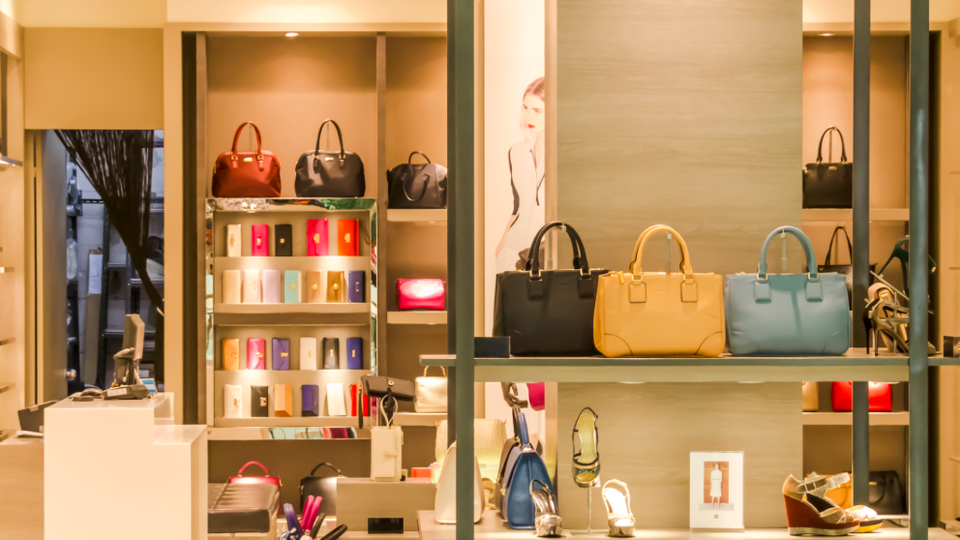
Over the past few years, the word luxury has become, perhaps, the world’s most overused adjective, describing anything and everything, in an attempt to add perceived value to products and services in a culture which has become obsessed with luxuriating as frequently and excessively as possible.
Over the past few years, the word luxury has become, perhaps, the world’s most overused adjective, describing anything and everything, in an attempt to add perceived value to products and services in a culture which has become obsessed with luxuriating as frequently and excessively as possible. However, the ubiquity of ‘luxury’ and its casual use has only served to strip the word of any real meaning.
Just take a walk in my London neighbourhood, for example. The shop below my flat sells luxury chocolates. Right next door there is a luxury children’s wear store, one of many which has popped up in the past few years. There is a luxury delicatessen, a luxury corset store, luxury drycleaners, and countless luxury boutiques which seem to open and close like clockwork every few months. In the newly-opened luxury grocery store around the corner, where everything is organic, you can even ingest luxury.
And, not to be outdone, a search of the word ‘luxury’ on the Marks & Spencer website returns 147 results, ranging from luxury cotton handkerchiefs at £9.50 to luxury trousers for men at £79 and a large luxury sandwich platter at £17. As both consumers and professionals, we’re all probably a little bit guilty of fueling this luxury mania.
All the while, as our team at Luxury Society was conceiving of the idea to bring together the world’s luxury professionals into a single online community last year, we could not have imagined the depth and gravity of the current economic crisis that has paralysed the world’s financial markets, destabilizing the foundation of the entire global economy, and striking fear and uncertainty into the minds of consumers the world over.
But, we did have an inkling that consumer mindsets were beginning to shift, necessitating deep reflection, discussion and debate within our industry as to how to adapt. There was already a bit of luxury fatigue out there and the downward spiral of the economy has become a catalyst for these shifting values. In that respect, it seems the timing for the launch of Luxury Society couldn’t have been better. What better way to push thinking forward than by bringing the industry’s thought leaders and opinion makers together, from across the luxury sector, using the latest in social networking technologies to foster debate and exchange?
To get the conversation started, I asked our correspondents from across the world’s cultural, economic and consumer capitals to answer one simple question: What is luxury?
Not one of these writers lives in their home country and all are multilingual and multicultural, mirroring the diversity of the world’s luxury market and delivering their ideas with the international perspective that is essential for today’s luxury executives. With a wide variety of backgrounds, from professional journalism, deep sector expertise, and the luxury blogosphere, they have all responded with gusto, intelligence and panache answering our question from all corners of the globe.
In his first monthly column, our Berlin-based Editor-at-Large, Sameer Reddy, takes us through the four facets of a New School of Luxury, asserting that Western luxury consumer values have shifted so much that industry players have a lot of catching up to do. The current recessionary environment, he says, provides the perfect opportunity to do so.
From Tokyo, Japanese fashion expert W. David Marx, provides a historical perspective of Western luxury in Japan, helping us to decipher the world’s most sophisticated and complicated luxury market, while also providing concrete suggestions on what luxury companies must consider as they re-shape their strategies for the all-important Japanese market going forward.
Helene Le Blanc, a Canadian fashion blogger living in London, (via Paris, New York and Montréal) examines the Internet’s emerging role in redefining luxury, speaking to some of the industry’s trailblazers while Rebecca Anne Proctor in Paris speaks to industry experts about the emerging impact of ethics on the meaning of luxury.
And finally, I checked in with Guy Salter, Deputy Chairman of the prestigious Walpole Group of British Luxury Goods companies, who has provided us with a much needed reality-check for luxury in 2009, giving us a lesson in the Luxury Basics
Welcome to Luxury Society — a place for discussion, debate and exchange. Think of these articles as conversation starters. We look forward to hearing your thoughts, ideas and opinions too.

Imran Amed
Editor-in-Chief










